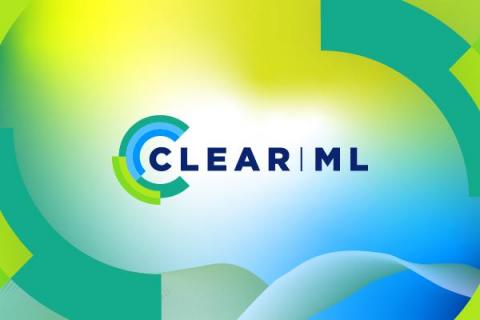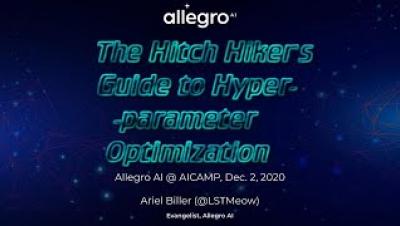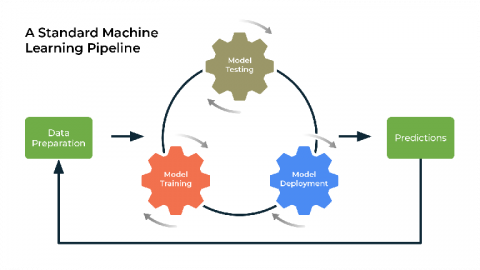Good Testing Data is All You Need - Guest Post
Building machine learning (ML) and deep learning (DL) models obviously require plenty of data as a training-set and a test-set on which the model is tested against and evaluated. Best practices related to the setup of train-sets and test-sets have evolved in academic circles, however, within the context of applied data science, organizations need to take into consideration a very different set of requirements and goals. Ultimately, any model that a company builds aims to address a business problem.








